Table of Contents
Are you planning a trip and wondering if you can bring your drone on a plane? If you’re a drone enthusiast, you know how important it is to capture aerial footage of your adventures. But, before you pack your bags and head to the airport, it’s essential to know the rules and regulations surrounding air travel with drones.
The Federal Aviation Administration (FAA) and Transportation Security Administration (TSA) have strict guidelines for bringing drones on planes. Each airline also has its own policies, so it’s crucial to do your research before you fly. In this article, we’ll cover everything you need to know about traveling with a drone, including packing tips, battery safety measures, and international travel regulations.
Can You Bring a Drone on a Plane?
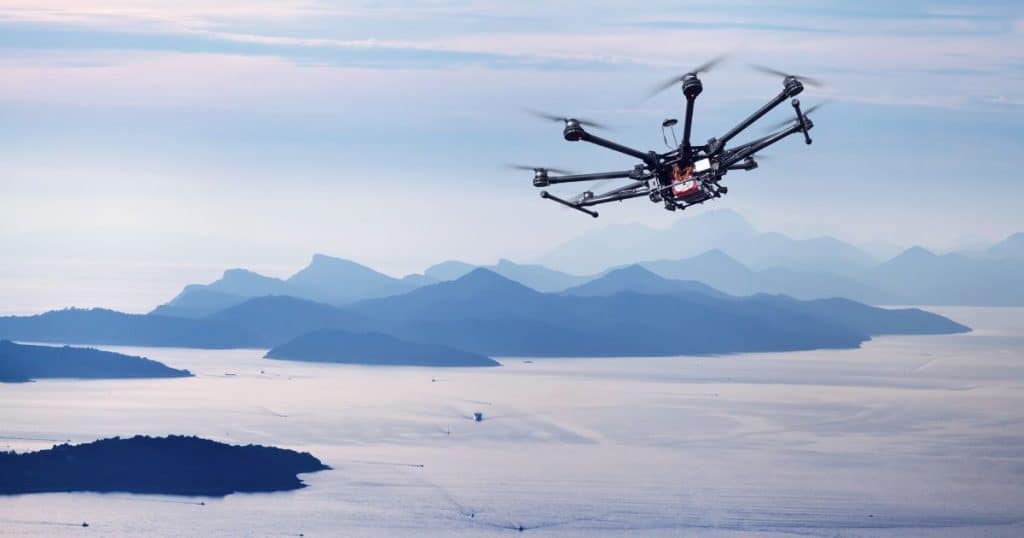
- The FAA and TSA have strict regulations surrounding air travel with drones.
- Each airline has its own policies, so it’s essential to do your research before you fly.
- Packing tips, battery safety measures, and international travel regulations are crucial to know when traveling with a drone.
FAA and TSA Regulations
If you’re planning to bring your drone on a plane, it’s essential to be aware of the Federal Aviation Administration (FAA) and Transportation Security Administration (TSA) regulations. Failure to comply with these regulations can result in hefty fines, confiscation of your drone, or even legal action. In this section, we’ll take a closer look at the FAA and TSA regulations that you need to know before you travel with your drone.
FAA Regulations
The FAA is responsible for regulating all aspects of civil aviation in the United States, including drones. According to the FAA, you must register your drone if it weighs between 0.55 pounds and 55 pounds. Additionally, you must pass an aeronautical knowledge test and a flight proficiency test to operate your drone legally.
It’s also important to note that the FAA has strict guidelines on where and how you can fly your drone. For example, you cannot fly your drone over people, near airports, or higher than 400 feet above the ground. Violating these guidelines can result in fines or legal action.
TSA Drone Rules
The TSA is responsible for ensuring the safety of passengers and their belongings during air travel. When it comes to drones, the TSA has specific rules that you must follow.
According to TSA regulations, you can bring your drone on a plane, but it must be placed in your checked baggage. Drones are not allowed in carry-on bags because their batteries pose a fire risk. However, they can be transported in checked bags if they are properly packed.
It’s also important to note that certain drone components, such as lithium batteries, fuel cells, and certain parachute systems, may be prohibited in baggage. You should check with your airline prior to traveling for their policy on drones.
In addition to the FAA and TSA regulations, it’s crucial to be aware of the drone laws and regulations in both your take-off location and arrival destination. Some countries have strict drone laws, and failure to comply with these laws can result in fines or legal action. For example, if you attempt to fly to the country of Morocco with a drone, it will be seized at the airport.
In summary, before you travel with your drone, make sure you’re aware of the FAA and TSA regulations, as well as any drone laws in your take-off and arrival destinations. Register your drone, pass the aeronautical knowledge test and flight proficiency test, and pack your drone properly in your checked baggage. By following these guidelines, you can ensure a safe and hassle-free travel experience with your drone.
Airline Policies
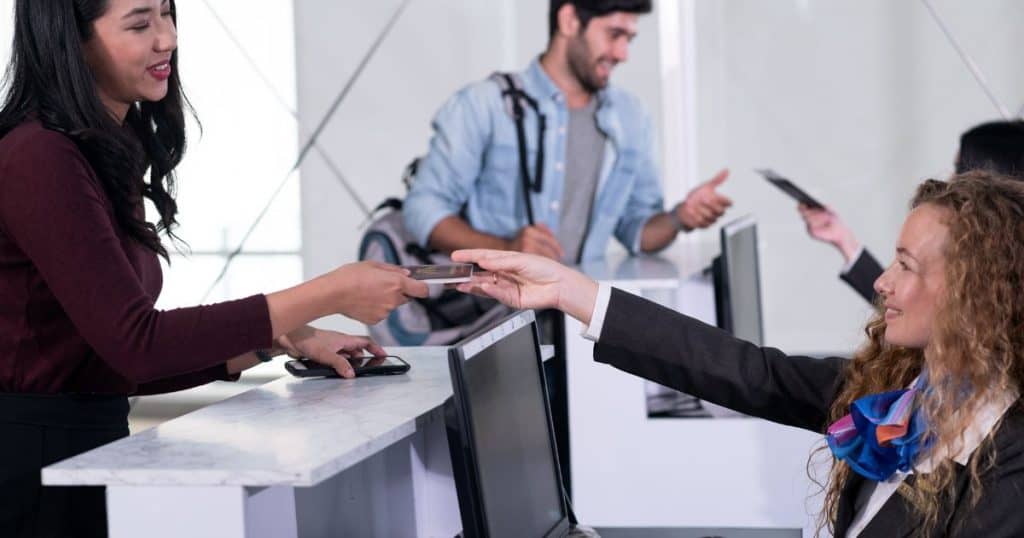
You’re excited to bring your drone on your next trip, but before you pack it in your luggage, you need to know the airline policies. Each airline has its own rules and regulations when it comes to bringing drones on a plane. In this section, we’ll take a look at the policies of American Airlines, JetBlue, Southwest Airlines, and United Airlines.
American Airlines
If you’re flying with American Airlines, you can bring your drone on the plane, but you need to make sure it’s packed in your carry-on luggage. The lithium-ion batteries that power most drones are not allowed in checked baggage. You should also make sure that your drone is turned off and that the battery is disconnected. If your drone has a camera, make sure the lens is covered.
JetBlue
JetBlue also allows you to bring your drone on the plane, but it must be packed in your carry-on luggage. You should also make sure that your drone is turned off and that the battery is disconnected. If your drone has a camera, make sure the lens is covered. JetBlue also recommends that you check with the TSA for any additional regulations.
Southwest Airlines
Southwest Airlines allows you to bring your drone on the plane, but it must be packed in your carry-on luggage. You should also make sure that your drone is turned off and that the battery is disconnected. If your drone has a camera, make sure the lens is covered. Southwest Airlines also recommends that you check with the TSA for any additional regulations.
United Airlines
United Airlines allows you to bring your drone on the plane, but it must be packed in your carry-on luggage. You should also make sure that your drone is turned off and that the battery is disconnected. If your drone has a camera, make sure the lens is covered. United Airlines also recommends that you check with the TSA for any additional regulations.
Remember, each airline has its own rules and regulations when it comes to bringing drones on a plane. Make sure you check with your airline before you travel to avoid any issues at the airport.
Packing a Drone for Travel
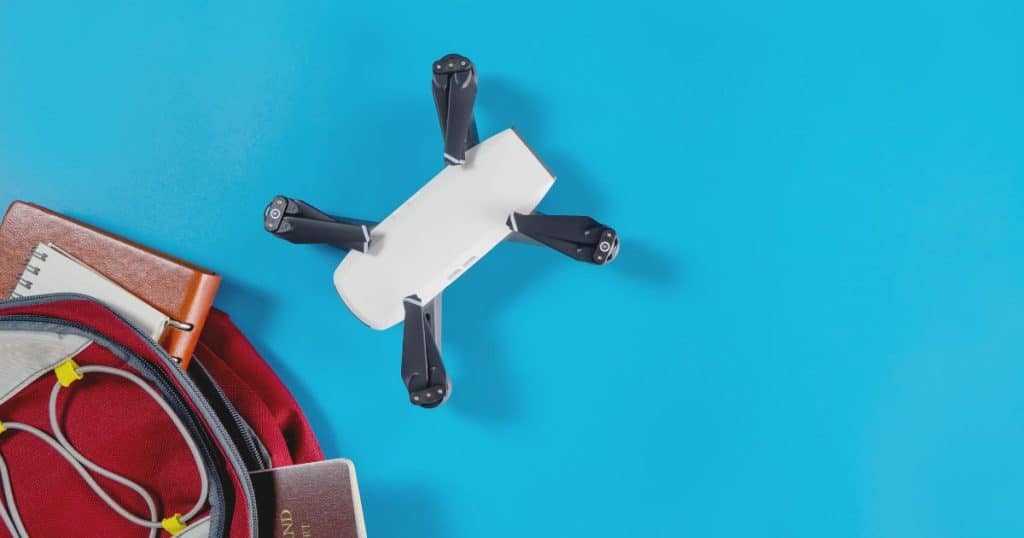
So, you’re planning to travel with your drone? Great! Whether you’re going on a vacation or a business trip, bringing a drone with you can add a new dimension to your travel experience. But before you head to the airport, you need to know how to pack your drone for travel.
Carry-On Luggage
If you want to keep your drone close to you during the flight, you can pack it in your carry-on luggage. However, you need to make sure that your drone and its batteries comply with the airline’s regulations. According to the Transportation Security Administration (TSA), drones are allowed through the checkpoint, but you should check with your airline prior to traveling for their policy.
Most airlines require that drones are packed in carry-on luggage due to the Department of Transportation’s ban on transporting lithium-ion batteries in cargo compartments of passenger airplanes. Make sure to pack your drone’s batteries separately and in a drone carrying case that meets the airline’s regulations. You should also check the drone’s manual for specific instructions on how to pack it for travel.
Checked Luggage
If you don’t want to carry your drone with you during the flight, you can pack it in your checked luggage. However, you need to make sure that your drone and its batteries are properly packed to avoid any damage during transport. According to the Federal Aviation Administration (FAA), drones are not allowed in carry-on bags and must be placed in checked baggage.
When packing your drone in checked baggage, make sure to remove the batteries and pack them separately in a fireproof battery bag. You should also pack your drone in a hard-shell case or a drone carrying case that provides adequate protection.
In conclusion, you can bring a drone on a plane, but you need to pack it properly to avoid any damage or safety risks. Whether you choose to pack your drone in carry-on luggage or checked luggage, make sure to comply with the airline’s regulations and pack your drone and its batteries separately. By following these tips, you can enjoy your travel with your drone without any hassle.
Batteries and Safety Measures
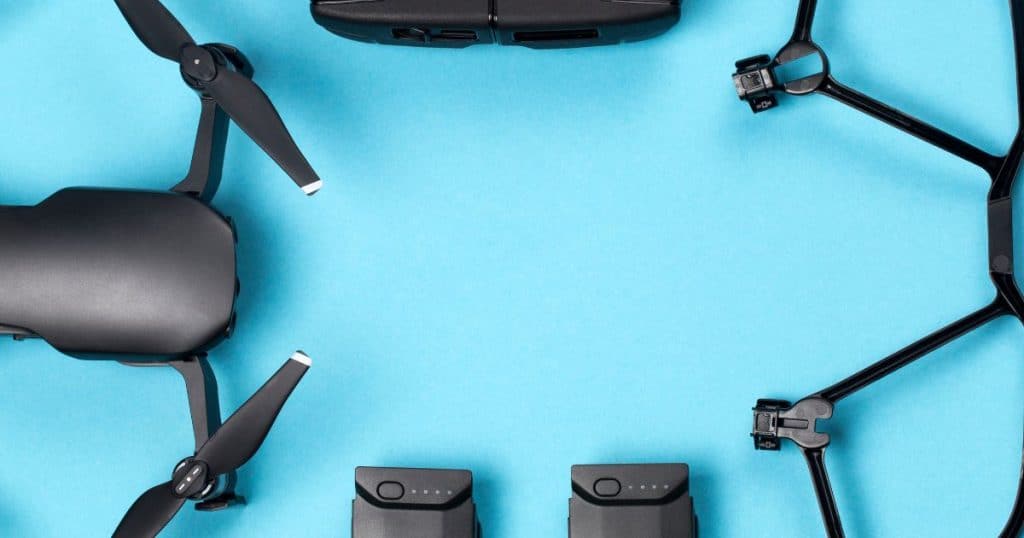
When it comes to traveling with your drone, there are a few things you need to consider, especially when it comes to batteries. In this section, we will discuss the different types of batteries, safety measures, and regulations you need to know before bringing your drone on a plane.
Lithium-Ion Batteries
Most drones are powered by lithium-ion batteries, which are classified as dangerous goods due to their potential to ignite. As a result, you must always carry all drone batteries individually in your carry-on baggage. The FAA has strict regulations on the size and quantity of lithium-ion batteries you can bring on a plane. In general, you can bring batteries with a watt-hour rating of up to 100Wh. However, some airlines have stricter regulations, so it’s always best to check with your airline before traveling.
Spare Batteries
You can bring spare batteries on a plane, but they must be carried in your carry-on baggage. Spare batteries must be individually protected from short circuits and placed in a battery case or plastic bag. You are allowed to bring a maximum of two spare batteries with a watt-hour rating of up to 100Wh.
Fuel Cells
Fuel cells are prohibited in both checked and carry-on baggage, so you cannot bring them on a plane.
Protection from Short Circuit
To prevent short circuits, you must protect the battery terminals from contact with metal objects, such as keys, coins, or other batteries. You can use electrical tape or a battery cover to protect the terminals.
In summary, when traveling with your drone, it’s important to follow the regulations and safety measures for batteries. Always carry your batteries in your carry-on baggage, protect them from short circuits, and ensure they meet the watt-hour rating limit. By following these guidelines, you can safely bring your drone on a plane and enjoy capturing stunning aerial footage.
Drone Models and Air Travel
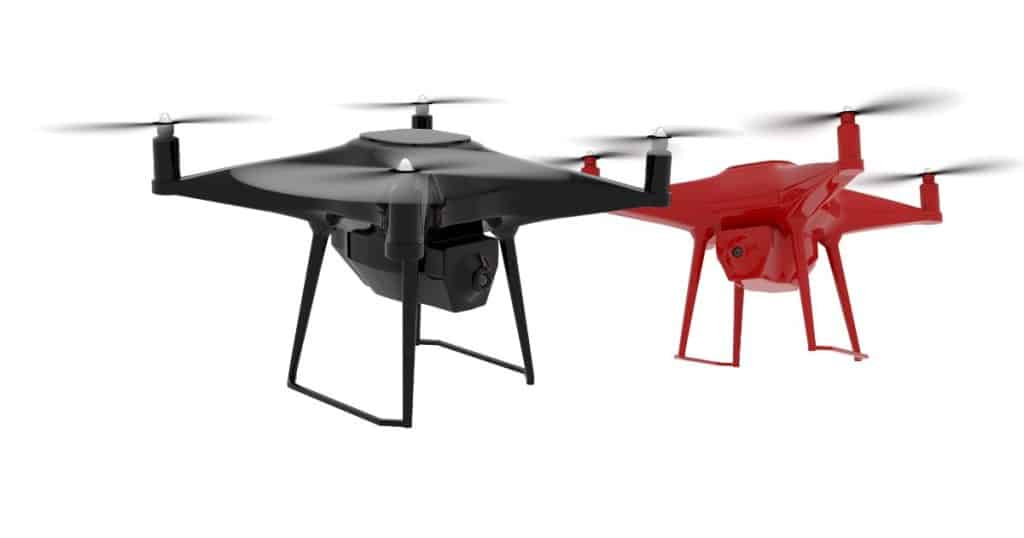
So, you’re planning to take your drone on your next trip? Well, before you pack it up and head to the airport, there are a few things you need to know. In this section, we’ll discuss the rules and regulations for taking drones and hoverboards on a plane.
DJI Drones
If you own a DJI drone, such as the Mavic or Phantom, you’re in luck. These drones are allowed on planes, but there are a few things you need to keep in mind. You should pack your drone in your carry-on luggage, as opposed to your checked baggage. This is because the batteries in your drone are considered hazardous materials and are not allowed in checked baggage.
Before you pack your DJI drone, make sure it is turned off, and any switches are protected from accidental activation. You may also want to consider getting a special carrying case to protect your drone from damage during transport.
Hoverboards
Hoverboards, on the other hand, are a different story. Due to safety concerns, hoverboards are not allowed on planes. This ban applies to all hoverboards, regardless of the brand or model.
If you’re planning to travel with a hoverboard, you’ll need to make other arrangements. You may be able to ship your hoverboard to your destination, or you could rent one when you arrive.
In summary, if you’re planning to travel with a DJI drone, you can bring it on the plane in your carry-on luggage. However, if you own a hoverboard, you’ll need to make other arrangements. Remember to follow all the rules and regulations to ensure a safe and hassle-free trip.
International Travel with Drones
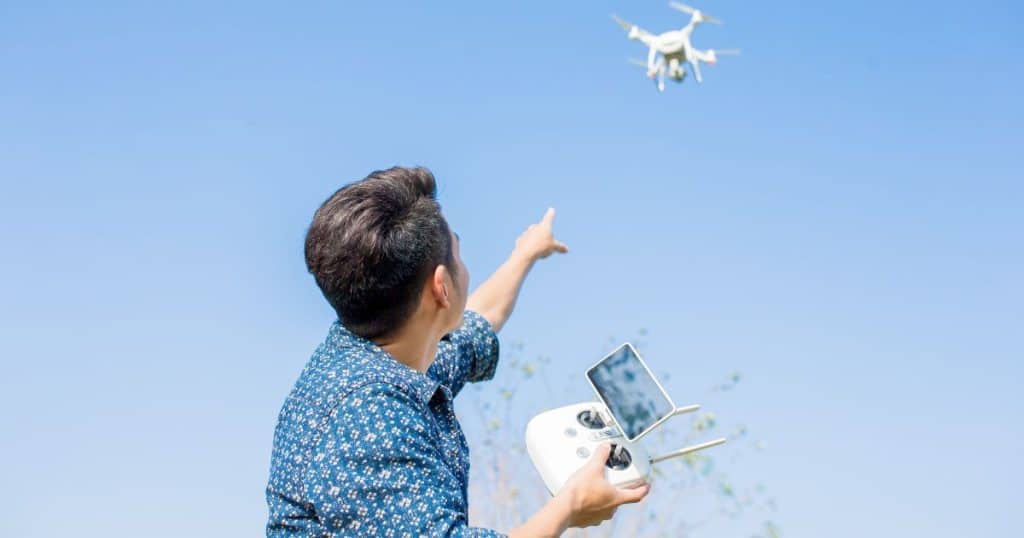
Are you planning an international trip and want to bring your drone with you? It’s important to know the customs and regulations of both your departure and destination countries. In this section, we’ll cover everything you need to know about traveling with a drone internationally.
Customs and Documentation
When traveling with a drone, it’s considered a personal effect taken abroad. You’ll need to declare it at the customs checkpoint when leaving and entering the country. It’s important to have all necessary documentation, such as proof of ownership and registration, readily available. Failure to declare your drone could result in confiscation or fines.
Foreign-Specific Drone Laws
Foreigner-specific drone laws vary widely from country to country. Some countries, like Morocco, have strict regulations and confiscate drones upon arrival. It’s essential to research the drone laws of your destination country before traveling. Some countries may require permits, and others may ban drones altogether.
For example, in Australia, drones are allowed, but there are strict regulations on where and how you can fly them. In Japan, drones are prohibited in many public areas, including parks and tourist sites. In India, drones require permits and must be registered with the Directorate General of Civil Aviation.
It’s also important to note that some countries may have different regulations for recreational and commercial drone use. Make sure to research and comply with all regulations before flying your drone.
In conclusion, traveling with a drone internationally requires careful planning and research. Make sure to declare your drone at customs and have all necessary documentation ready. Research the drone laws of your destination country, and comply with all regulations to avoid fines or confiscation. By following these guidelines, you can enjoy capturing stunning aerial footage on your international travels.
Certification and Licensing
So, you want to bring your drone on a plane? That’s great! But before you do, you need to make sure you have the proper certification and licensing.
First, let’s talk about permits. Depending on where you’re traveling, you may need to obtain a permit to fly your drone. For example, if you’re flying your drone in a national park, you’ll need to obtain a permit from the National Park Service. It’s important to research the rules and regulations for the area you’ll be flying in to make sure you’re in compliance.
Next, let’s talk about drone policy. The Federal Aviation Administration (FAA) has strict rules and regulations when it comes to flying drones. These rules apply to both recreational and commercial drone pilots. It’s important to familiarize yourself with the FAA’s drone policy before you fly.
Now, let’s talk about licensing and certification. If you’re flying your drone for commercial purposes, you’ll need to obtain a Remote Pilot Certificate from the FAA. This involves passing a written test and completing a background check. If you’re flying your drone for recreational purposes, you don’t need a Remote Pilot Certificate, but you should still familiarize yourself with the FAA’s rules and regulations.
In summary, before you bring your drone on a plane, make sure you have the proper permits, familiarize yourself with drone policy, and obtain the necessary licensing and certification if you’re flying for commercial purposes. By doing so, you’ll ensure a safe and legal flight.
Drone Use and Applications
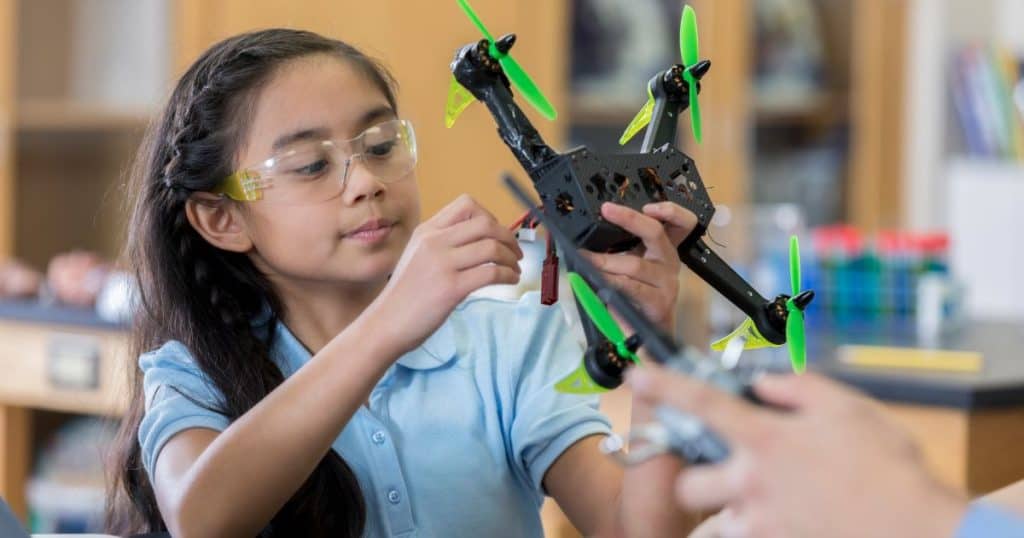
So, you’re planning to bring your drone on an airplane? Great! But before you do, let’s take a moment to talk about drone use and applications.
Drones have become increasingly popular in recent years, and for good reason. They offer a unique perspective and can capture stunning aerial footage that was previously only possible with expensive equipment. Drone photography has become a popular hobby, and even professional photographers and videographers are incorporating drones into their work.
But drones aren’t just for photography. They have a wide range of applications, from search and rescue missions to agriculture and even delivery services. Drones have the ability to access hard-to-reach areas and provide valuable data and insights.
When it comes to bringing a drone on an airplane, there are a few things to keep in mind. The Department of Transportation (DOT) and the Federal Aviation Administration (FAA) have strict regulations in place to ensure the safety of passengers and crew.
First, it’s important to note that drones are considered portable electronic devices and must be turned off during takeoff and landing. Additionally, the FAA requires that all switches on the drone be protected from accidental activation during flight.
When packing your drone for a flight, it’s best to use a special carrying case to protect it from damage. The DOT and FAA allow drones to be transported in checked baggage, but not in carry-on bags. Be sure to check with your airline for their specific policies regarding drones on planes.
It’s also important to prepare your drone for travel. Remove any axes or other sharp objects that could damage the drone or other items in your luggage. If your drone has a parachute system, make sure it is properly packed and secured.
In summary, drones have a wide range of applications and are a valuable tool for capturing stunning aerial footage and providing valuable data. When bringing a drone on an airplane, be sure to follow the regulations set forth by the DOT and FAA, and prepare your drone for travel to ensure a safe and enjoyable flight.
FAQs
What are the regulations for bringing a drone on a commercial flight?
If you’re planning to bring your drone on a commercial flight, it’s important to be aware of the regulations. The Federal Aviation Administration (FAA) has strict rules in place to ensure the safety of passengers and crew. Before you pack your drone in your luggage, make sure to check with the airline you are flying with. Most airlines have their own rules when it comes to drones, so it’s important to be aware of them.
Can I bring my DJI drone on a plane?
Yes, you can bring your DJI drone on a plane. However, you need to make sure that you comply with the FAA’s regulations. You also need to check with the airline you are flying with to ensure that you comply with their rules.
What is TSA’s drone policy?
The Transportation Security Administration (TSA) allows passengers to bring drones on planes as long as they are packed in carry-on luggage. However, drones with lithium batteries must be packed in a way that protects the battery terminals from short-circuiting. You should also check with the airline you are flying with to ensure that you comply with their rules.
How do I safely pack my drone for air travel?
To safely pack your drone for air travel, you should remove the batteries and pack them separately. You should also pack your drone in a hard case to protect it from damage. Make sure to label the case as fragile and handle with care.
What are the guidelines for bringing drone batteries on a plane?
When packing drone batteries in your carry-on baggage, you’ll need to know the watt hours (Wh) of your battery. If your battery has 100 Wh or less, you can pack it in your carry-on baggage. However, if your battery has more than 100 Wh, you will need to get approval from the airline before you can bring it on the plane.
Can I bring my drone on a Delta flight?
Yes, you can bring your drone on a Delta flight. However, you need to make sure that you comply with the FAA’s regulations and Delta’s rules. You should also pack your drone in a hard case to protect it from damage.

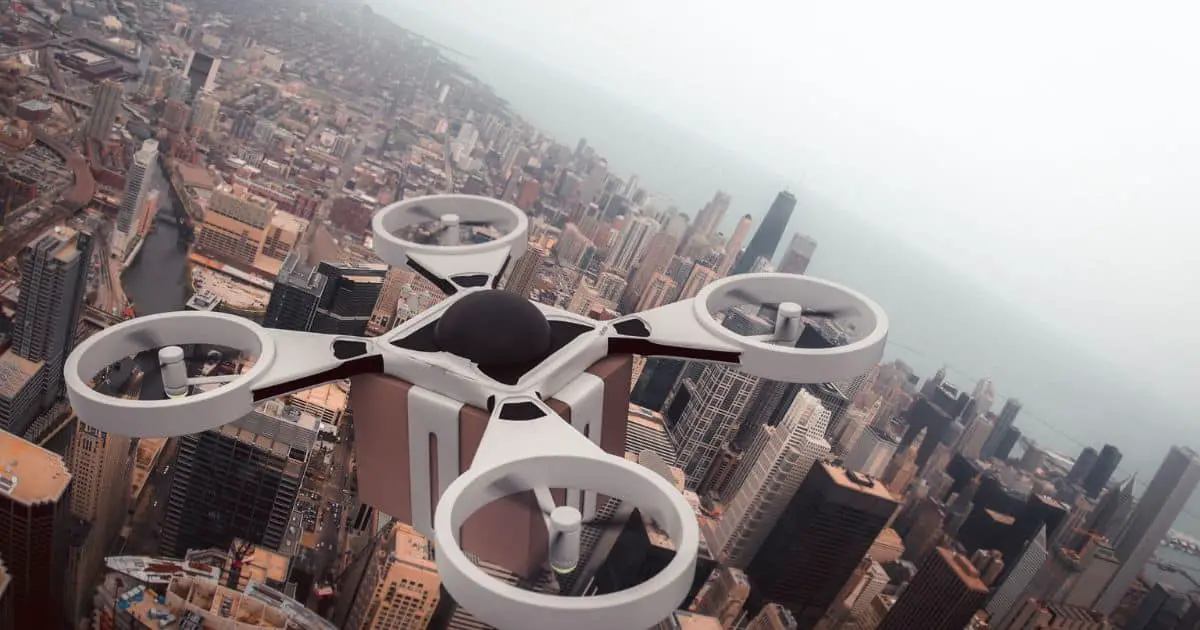
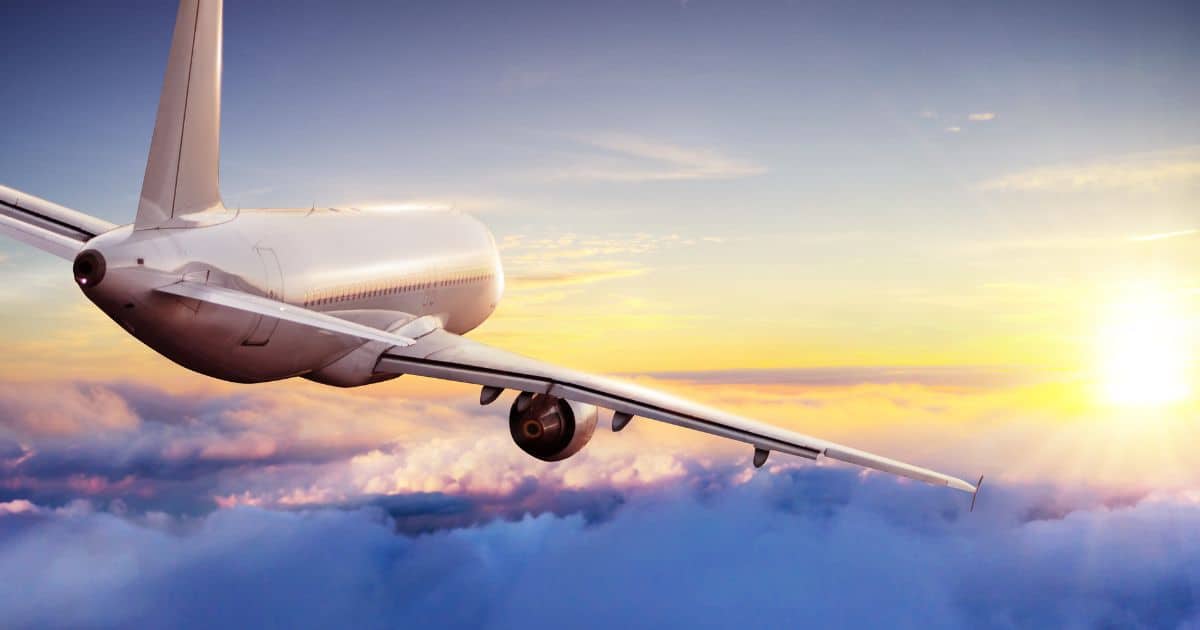
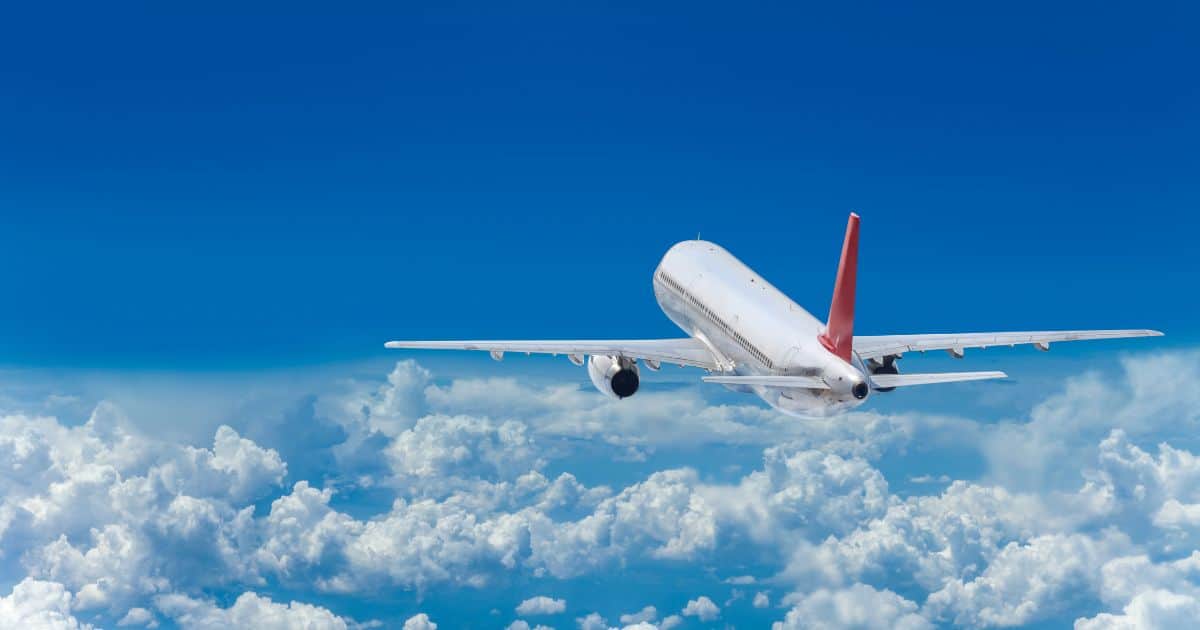
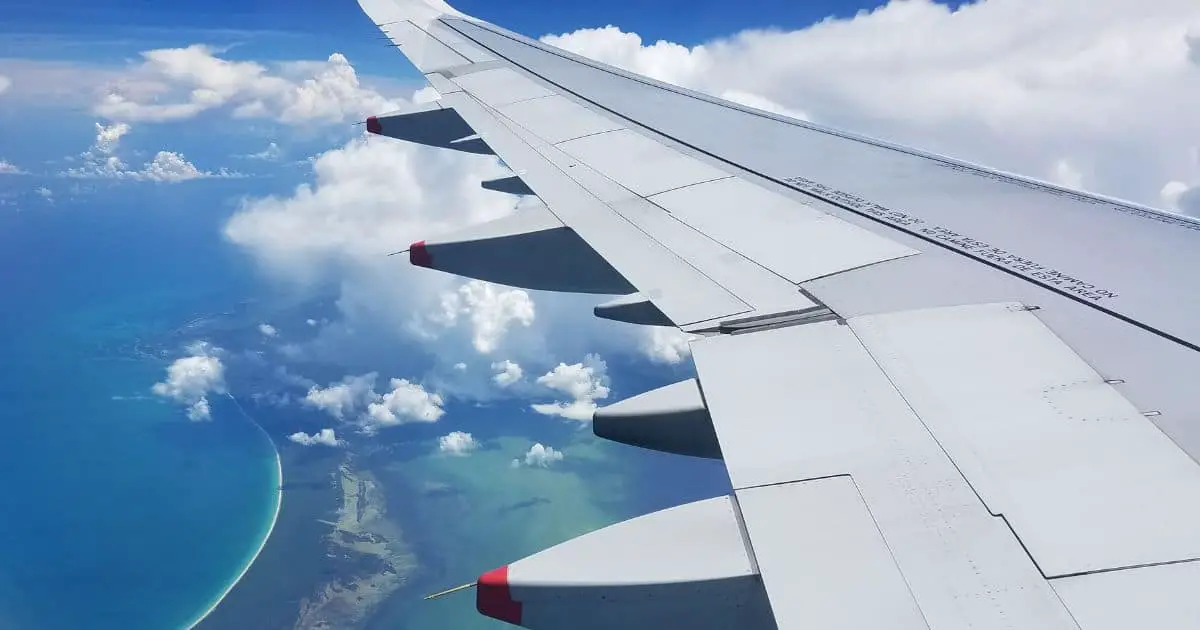
Leave a Reply